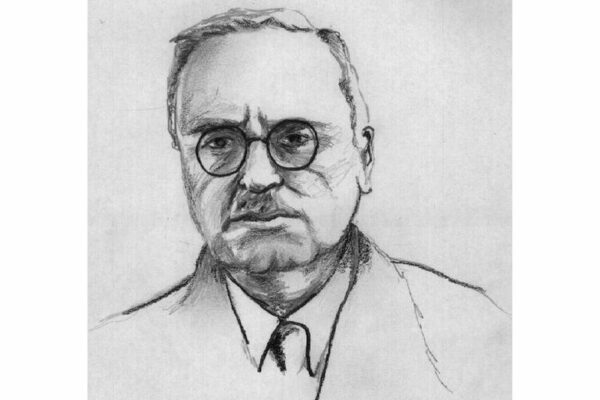A conceptual history of the Achievement goal construct
Achievement goal construct: competence-relevant motivation
I. The emergence of the Achievement goal construct
A. Carol Dweck
-why children of equal ability display so divergent responses to failure
– achievement goal construct: performance goal & learning goal
-different goaldifferent task construal & pattern of behavior
-emphasize disposition and situation; implicit theories of ability (entity or malleable)
B. John Nicholls
– devp: ability=effort; 12歲,ability is fixed capacity
– achievement goal construct: task involvement &ego involvement
(undifferentiated v.s. differentiated)
-tradition constructs emphasize the undifferentiated ability
-philosophical value: equal motivational opportunity for all
C. Similarities
-the context of literature: achievement motives & attribution
-“goal”=the “purpose” of achievement beh.=the reason and result
-competence
-dichotomy, similar effects
-not unidimension
-both dispositional and situational level
-no approach-avoidance motivation
Dweck~collapse into performance goal
Nicholl~ ignore avoidance goal
II. Incorportation of the approach-avoidance distinction
A. Elliot-trichotomous framework
-mastery goal, performance-approach, performance-avoidance(前兩個是approach goals,但後者為external evaluative focus)
-perceived competence as an antecedent of achievement goal adoption
B. 2×2 achievement goal
-add mastery-avoidance goal: focus on devp and task mastery but neg. outcome
-elderly, perfectionist
-competence
Define: absolute& intrapersonal standardmastery goals
Interpersonalperformance goal
Valence: posapproach, negavoidance
III. 當代六個issues
1.”goal”: aim, reason&aim, or overarching orientation
2. same labels but different measures/manipulations
3.uniform labels
4.”orientation”:disposition, descriptive
5.”theory”:mastery-performance distinction?
6.theory begets application, and application informs theory
(林宣旭,2009)






